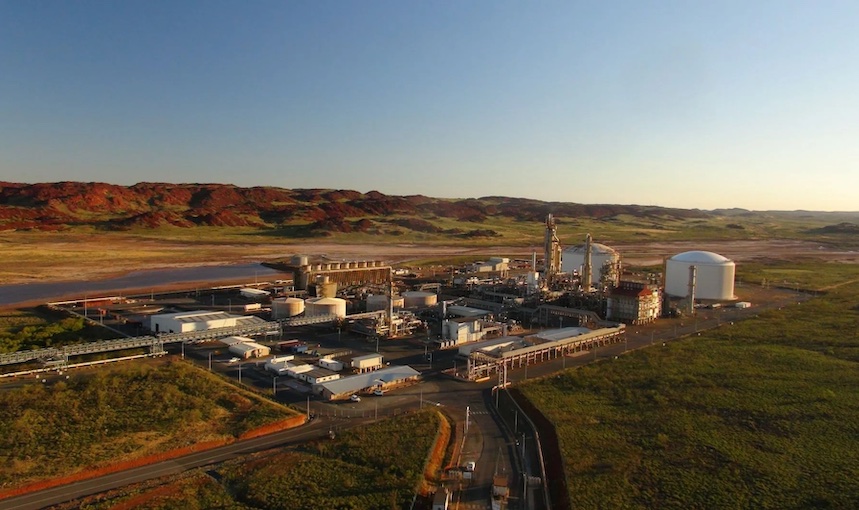A FEASIBILITY study undertaken by Lloyds Register found ammonia bunkering is economically and operationally viable in the Pilbara region.
The study, commissioned by Yara Clean Ammonia and Pilbara Ports, looked at key areas including the estimated demand and likely availability of ammonia as a bunker fuel. The study also considered the potential risks and regulatory requirements for ammonia bunkering at the ports.
The study indicated that ship-to-ship bunkering operations could be performed within acceptable risk levels at anchorages in Dampier and Port Hedland.
The study also confirmed existing ammonia production and export infrastructure within the Pilbara, such as Yara’s Karratha plant and Pilbara Ports’ Bulk Liquids Berth at Dampier, could be leveraged to initiate bunkering operations in the near-term.
The results also show the demand for ammonia as a fuel to decarbonise the international iron ore trade, reaching a volume potential of 1 million to 1.5 million tonnes in 2035.
Pilbara Ports chief executive officer Samuel McSkimming said with the carbon reduction efforts in the steel industry supply chain, bulk carriers are a natural starting point for the early adoption of alternative marine fuels.
“The Pilbara contains the world’s largest bulk export ports. Last year we achieved 752.4 million tonnes of trade with more than 6829 vessel visits. This scale of operations cannot be found anywhere else in the world, and it makes the Pilbara’s ports the natural beachhead from which the global bulk carrier fleet will decarbonise,” Mr McSkimming said.
“The study is an important step towards implementing safe ship to ship ammonia bunkering at our anchorages in Dampier and Port Hedland.
“Ammonia is already widely produced, used, and shipped in industrial quantities around the world. To be able to expand its application as a green shipping fuel would greatly reduce shipping emissions.”
Yara Clean Ammonia senior vice-president commercial Murali Srinivasan said the level of demand reflected the push by iron ore miners and the steel industry to decarbonise.
“The study has shown that a key enabler for meeting this demand is Yara’s existing assets including the world-scale Yara Pilbara Fertilizers ammonia plant near Karratha,” he said.
“Furthermore, the current development of Yuri renewable hydrogen project on the Yara Pilbara site will be the first in Australia to inject green molecules into an existing ammonia plant, and Yara is vigorously exploring options to ramp up volumes of clean and low carbon ammonia to lay the foundation for a reliable supply chain to serve the emerging shipping fuel market.”





